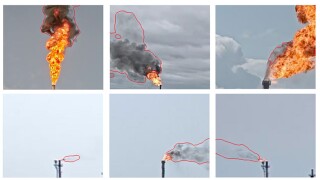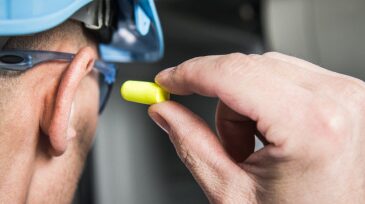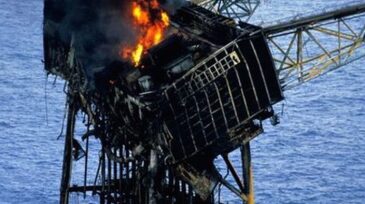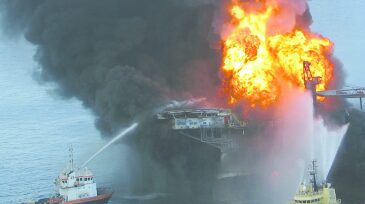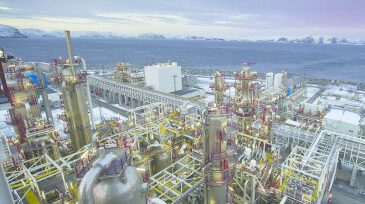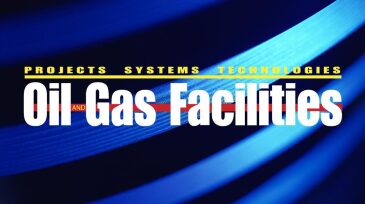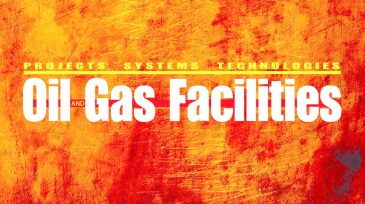Safety
Sponsored
Advance your career with the new Pipeline Engineering Program at the Technical University of Leoben, a 5-month course combining on-campus and online learning, integrating industry expertise, engineering practice, and future-ready skills for professionals in oil, gas, and emerging energy systems.
A resilience-based approach to safety was the focus of a panel of experts at the 2025 SPE Annual Technical Conference and Exhibition in Houston.
This paper focuses on developing a model that can be used in an automated, end-to-end flare-smoke detection, alert, and distribution-control solution that leverages existing flare closed-circuit television cameras at manufacturing facilities.
-
An epidemiological study was developed to take into account specific employee habits while measuring the possible prevalence of hearing problems arising from earlier occupational exposure.
-
Legislation, economics, and ethics are major drivers behind the adoption of engineering noise controls during offshore-facility design in Australia.
-
OTC recognized three figures who have contributed to facilities engineering: Dendy Sloan, Jim Brill, and Ken Arnold. They were recognized with the Distinguished Achievement Awards for their technical and leadership contributions to the industry.
-
The energy contained in oil and gas makes them immensely useful—and dangerous. A fire fueled by hydrocarbons can quickly threaten anything exposed to it. Building in passive fire protection when constructing facilities is wise practice.
-
There is little doubt that the industry is committed to improving its safety performance—and most agree that improving the collective culture around safety is an effective approach to achieving this goal. But the specifics of how to achieve lasting change are more difficult.
-
SPE has formed a new technical section focusing on human factors engineering, which seeks to bring in knowledge from other industries, thereby ensuring safe operations and fostering a coordinated safety culture from top-level executives to workers on the ground.
-
Engineering culture is largely a safety culture. We have to assume that people will make a mistake and protect them from themselves through the way we design facilities.
-
Process safety is attaining a higher profile in the energy business. I think we are continuing our safety journey and improving our practices and fluency, moving beyond personal safety into integration as a core part of the project, facilities, and construction (PFC) landscape.
-
This paper reviews the key areas for facility designers and engineers to include when designing facilities to ensure safe facilities. Use and incorporation of the principles outlined in this paper should enable engineers and designers to build safe facilities that reduce the risk of major incidents.
-
Although offshore disasters are rare, they have resulted in significant loss of human life, environmental damage, and negative impacts on the larger society. We vow to learn from them, and address the technical challenges, but less often explore the role of culture, such as safety culture.



